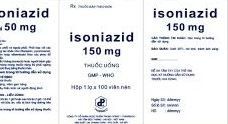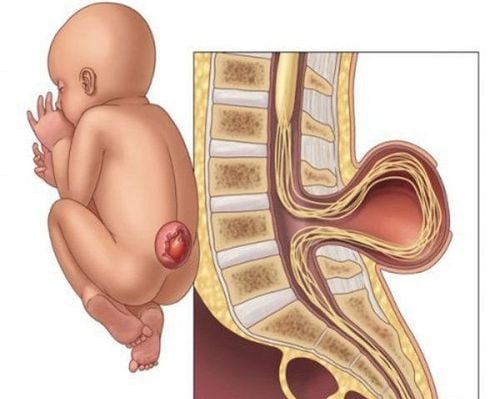This is an automatically translated article.
The article was written by MSc Tran Thi Vuong - Doctor of Microbiology - Laboratory Department - Vinmec Hai Phong International General Hospital1. Classification of latex
Pus can be found in most infected organs. However, it can be divided into 2 groups as follows:1.1. Group 1: Pus in open wounds, broken abscesses, in open cavities, natural cavities of the body The most common are skin pustules, acne, posterior pus, wound infection pus, wound pus. infected surgery, or pus after surgical intervention... Pus in the body's open cavities, natural cavities of the body such as: tonsil pus, eye pus, ear pus, sinus pus, or fluid pus urethra, vagina... Characteristic of these infections is that they are connected to the outside environment, so in addition to the main cause of the disease, in the pus at these locations there may also be resident bacteria. (microsystem) 1.2. Group 2: Pus in unbroken abscess, closed wound, closed body cavity Closed cavity such as pleural cavity, peritoneum, articular membrane, pericardium, cerebrospinal fluid... Closed wounds, pressure foci The closed car has not been broken, has not been exposed to the outside environment. Characteristics of these infections are isolated from the environment, so in the pus at these locations most of the bacteria exist.
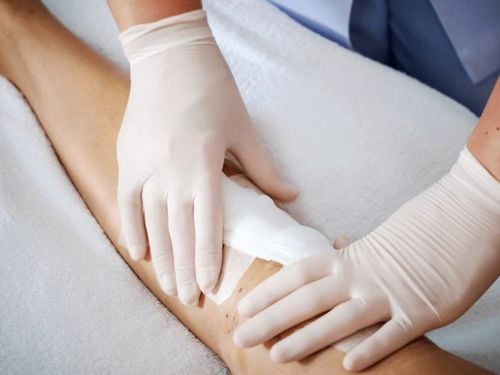
2. How to take a common pus specimen
Common types of pus can be understood as pus belonging to group 1: Pus in open wounds, broken abscesses, in open cavities, natural cavities of the body
The collection of pus specimens in this group is quite Simple, however, the person taking the specimen still needs to make sure that he is a person with expertise and training in taking samples.
Instrument: sterile cotton swab Extraction technique: + Wipe the pus on the wound with sterile gauze soaked in sterile saline
+ Use a dry cotton swab or swab moistened with sterile physiological saline and gently roll on the wound surface about 5 times, focusing on the edge of the lesion, the emulsifier, or the tissue
+ If the lesion is scaly, it must be peeled off and pus removed
Volume: Absorbent swab Transfer to the laboratory as soon as possible, within 30 minutes. How to take pus samples from unruptured abscesses, closed wounds, and closed body cavities (group 2)
Pus in a sterile cavity of the body is usually taken by a specialist during examination and puncture detect infection. Collecting equipment: sterile syringe and needle Container: plastic bottle with a sterile screw cap, syringe containing latex with lid or contained in sterile equipment Technique: + Disinfect with 2% chlorhexidine or alcohol 70 %, then disinfected with 2% iodine alcohol or 10% povidon-iod solution.
+ Let dry
+ Aspirate pus with a sterile syringe.
+ Gently inject latex from the syringe into a sterile plastic vial. In case a little pus is collected, close the needle cap and send the syringe and needle to the laboratory.
+ In case the inflammatory tissue has not turned into pus, it is possible to inject 0.5 ml of sterile physiological saline into the inflammatory tissue and then aspirate. Pay attention to insert the needle into many directions to absorb bacteria.
Send the specimen to the laboratory as soon as possible, within 30 minutes, if longer, it can be kept at room temperature, but not more than 2 hours, do not store in the refrigerator.
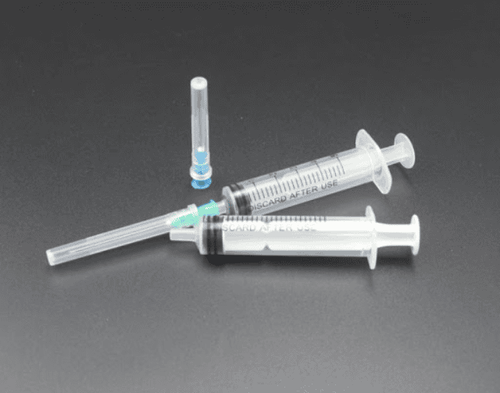
3. The process of pus culture
At the laboratory:
Observe the general properties of the pus (color, quantity...) Conduct Gram staining: observe the bacterial morphology If tuberculosis infection is suspected: do 1 more Ziehl staining slide - Neelsen. With pus specimens in aseptic compartment, it is necessary to inform the treating doctor in advance if bacteria are observed. Bacterial culture: + Use sterile cultures to collect pus samples from vials, or use cotton swabs to collect pus specimens on suitable media: blood agar, chocolate agar, UTI agar. Incubate blood agar, chocolate agar at 35-37oC, 5% CO2, UTI plate incubator at 35-37oC, normal atmosphere.
+ Can increase bacteria on BHI medium (liquid), if the staining shows very few bacteria.
+ Observe the culture plates and BHI after 24 h.
Identify the colony shape, Gram stain from the colony, thereby orienting to the cause of the disease. Bacterial identification and antibiogram testing by automated or conventional methods by finding the biochemistry of the bacteria through biological tests or inoculation into identification media. If after 24 hours, no bacteria grow, BHI medium is still clear, BHI is not cloudy, continue to incubate for another 24-48 hours. Identification and antibiogram results are usually available after 48-72 cultures. Return negative if after the above time bacteria do not grow.
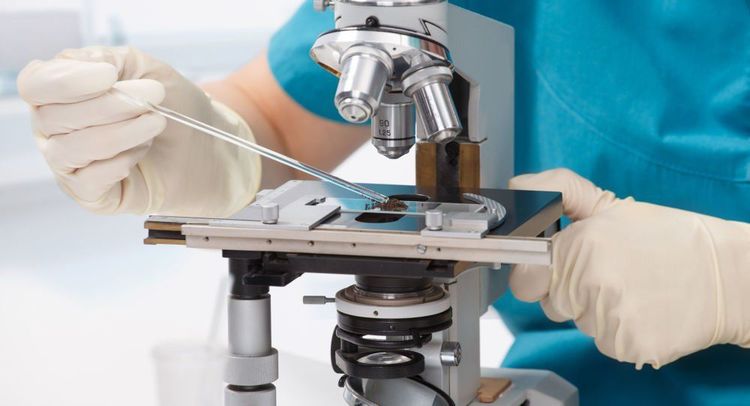
4. Common bacterial causes in pus
For each different infection site, the bacterial etiology will be different:
Pus on the skin: boils, abscesses, open wounds: most commonly Staphylococcus aureus, non-coagulase-producing staphylococci, type of streptococcus... Pus after surgical intervention, wound infection, or hospital stay: it is possible to encounter both gram-positive cocci such as Staphylococcus aureus, or gram-negative bacilli such as E.coli, Klebsiella, Pseudomonas blue pus aeruginosa... Urethral fluid, urine common Gonorrhea (Neisseria gonorrhoeae, E.coli, Enterococcus, Proteus... CSF: Streptococcus pneumonia, Neisseria meningitidis, Haemophilus influenzae, Staphylococcus aureus... Joint synovial fluid, membranes lung: tuberculosis bacteria, Staphylococcus aureus The case of pyogenic infections can cause serious complications, especially with pus in the sterile cavity, so the patient should be examined, tested and treated according to the correct protocol.
Vinmec International General Hospital is one of the hospitals that not only ensures quality Professional with a team of leading medical doctors, a system of modern technological equipment. The hospital provides comprehensive and professional medical examination, consultation and treatment services, with a civilized, polite, safe and sterile medical examination and treatment space. Customers when choosing to perform tests here can be completely assured of the accuracy of test results.
Please dial HOTLINE for more information or register for an appointment HERE. Download MyVinmec app to make appointments faster and to manage your bookings easily.






